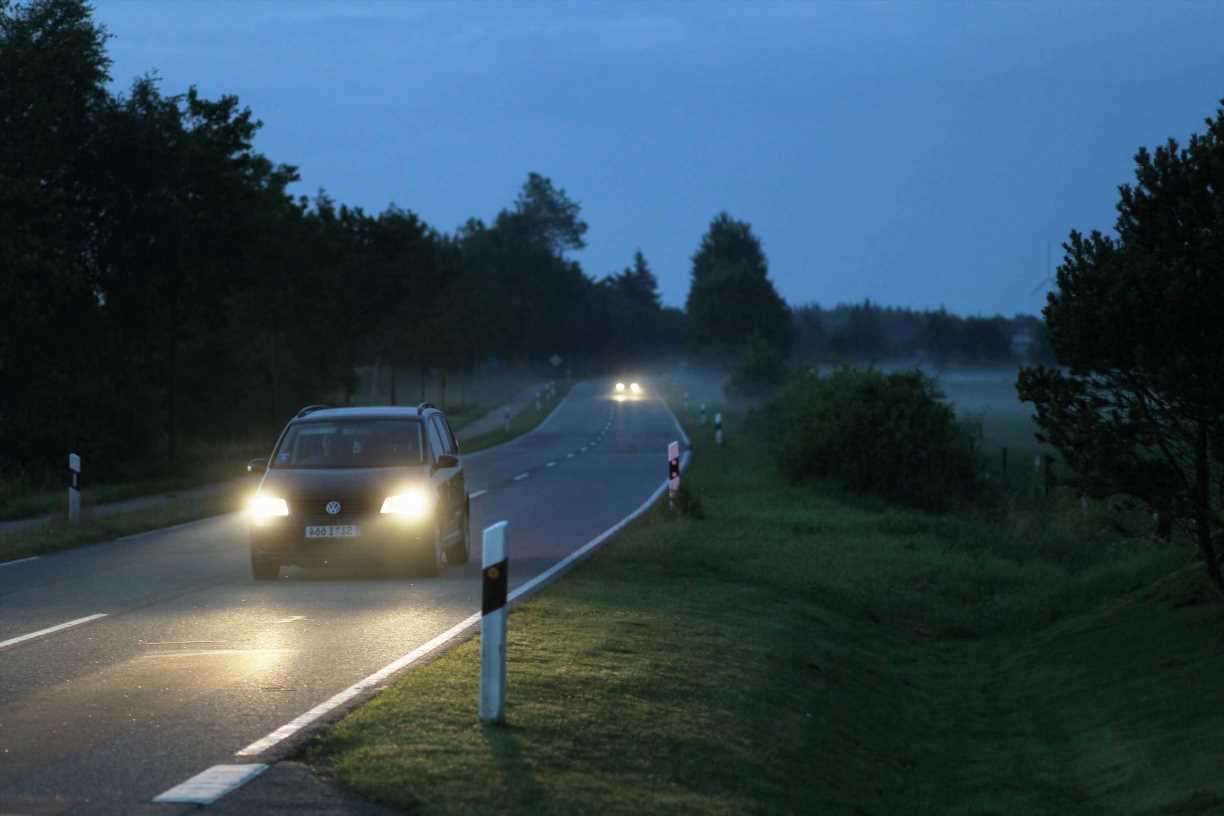Omicron: Another 'more infectious variant will come' says doctor
We use your sign-up to provide content in ways you’ve consented to and to improve our understanding of you. This may include adverts from us and 3rd parties based on our understanding. You can unsubscribe at any time. More info
BA.2, which is commonly referred to as the “stealth omicron”, was detected earlier this year in cases around the world and has displaced the first Omicron variant, known as BA.1, as the dominant strain in Denmark. Unlike its predecessor, this sub-lineage doesn’t leave a certain signature on lab tests called an s-gene target failure.
This means that the strain can look like other SARS-CoV-2 variants on the first screen, leading to some calling the BA.2 mutation the “the stealth variant”.
It is not known where BA.2 first originated, but now 40 countries have uploaded more than 8,000 BA.2 sequences since mid-November.
The first sequences were submitted from the Philippines and the highest number of samples have been uploaded from Denmark, where it now accounts for roughly 82 percent of cases.
A Danish study that analysed coronavirus infections in more than 8,500 households between December and January found that people infected with this new mutation were roughly 33 percent more likely to infect others, compared to those infected with BA.1.


While BA.2 is now the dominant strain in Denmark, 98 pecent of global cases are still from the original BA.1 Omicron variant.
The study’s authors said: “We conclude that Omicron BA.2 is inherently substantially more transmissible than BA.1, and that it also possesses immune-evasive properties that further reduce the protective effect of vaccination against infection.”
The study, which has not yet been peer-reviewed, was conducted by researchers at Statens Serum Institut (SSI), Copenhagen University, Statistics Denmark and Technical University of Denmark.
Lead study author Frederik Plesner told Reuters: “If you have been exposed to Omicron BA.2 in your household, you have 39 percent probability of being infected within seven days.”

“If you instead had been exposed to BA.1, the probability is 29%.”
BA.2 cases have also been recorded in Britain, the USA, and Sweden, although to a much lesser extent than in Denmark.
The study also found that the mutation has some increased “immune evasive properties”, and was better at infecting vaccinated people than its predecessor was.
However, the study reiterated that vaccines still played an important role as both booster-vaccinated and fully vaccinated individuals were less like to get infected and transmit either subvariants, compared to those not vaccinated.
DON’T MISS:
Archaeology breakthrough as stunning Roman gladiator arena found [REVEAL]
Brexit Britain’s lithium goldmine could ‘replace oil’ and cut Russia [INSIGHT]
Putin furious as Germany BANS Russian gas and signs deal with Ukraine [SPOTLIGHT]


The UK Health Security Agency (UKHSA) has described the latest Omicron mutation as a “variant under investigation”.
So far, more than 500 infections have been confirmed in England.
Public health officials have repeatedly advised Covid booster jabs offer the best protection against Omicron and are the best chance of getting through the pandemic.
Dr Meera Chand, COVID-19 Incident Director at UKHSA, said: “It is the nature of viruses to evolve and mutate, so it’s to be expected that we will continue to see new variants emerge as the pandemic goes on.”
Source: Read Full Article


